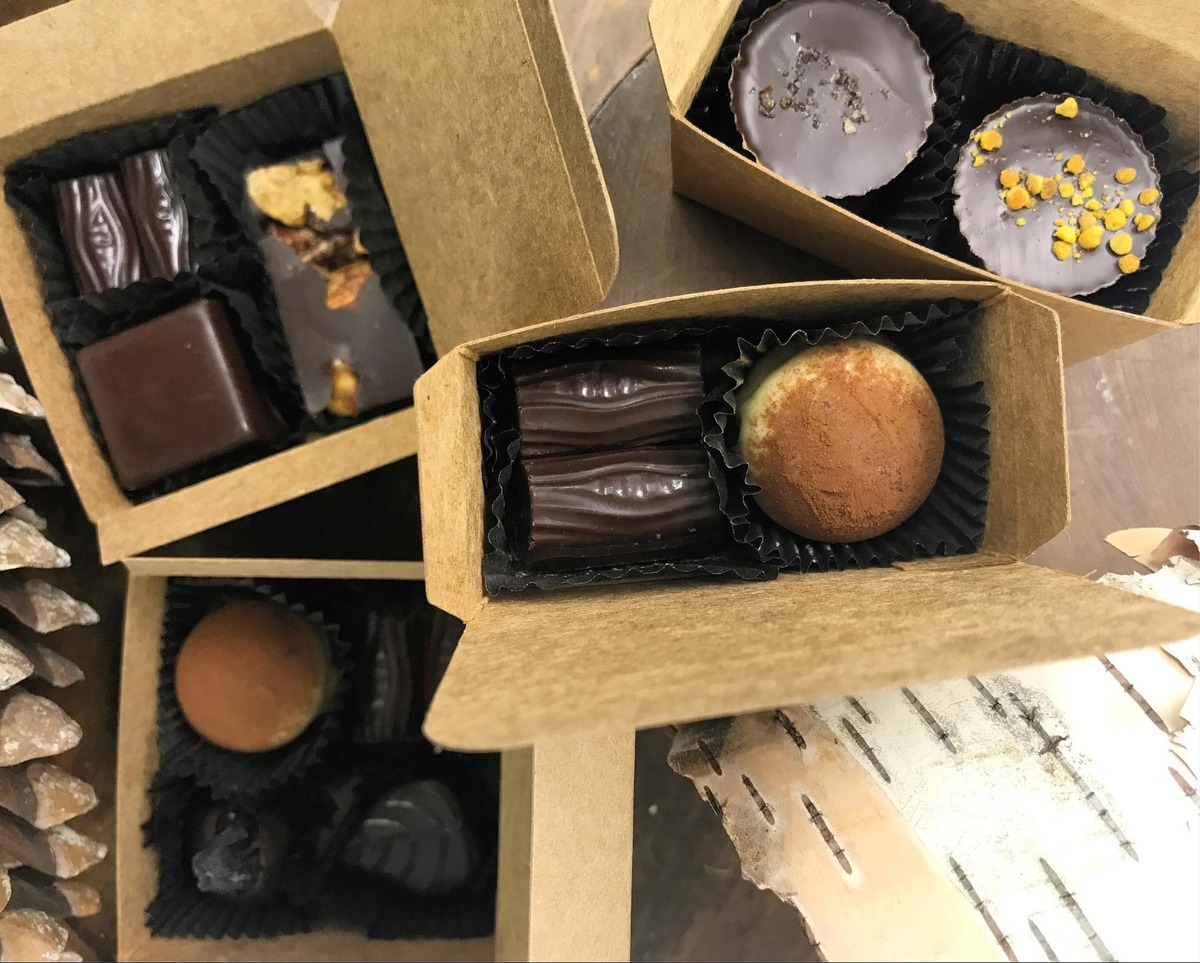

Articles
How To Store Chocolates
Modified: December 7, 2023
Discover the best storage techniques for chocolates in this informative article. Keep your chocolates fresh and delicious for longer with these expert tips.
(Many of the links in this article redirect to a specific reviewed product. Your purchase of these products through affiliate links helps to generate commission for Storables.com, at no extra cost. Learn more)
Introduction
Chocolates are a beloved treat enjoyed by people around the world. Whether you have a sweet tooth or simply enjoy indulging in a rich and creamy treat, proper storage is essential to maintain the quality and taste of your chocolates. Nothing is worse than reaching for a delicious piece of chocolate, only to find it has gone stale or turned into a melted mess.
When it comes to storing chocolates, there are a few key factors to consider. Factors such as temperature, humidity, exposure to light, and the type of container used can all impact the quality and shelf life of your chocolates.
In this article, we will explore the different types of chocolates and the factors that can affect their storage. We will also provide you with tips and guidelines for proper chocolate storage, including the ideal temperature and humidity levels, protecting them from light exposure, choosing the right container, and avoiding common mistakes.
By following these guidelines, you can ensure that your chocolates stay fresh, flavorful, and ready to enjoy whenever you have a craving.
Key Takeaways:
- Proper chocolate storage is essential to maintain flavor and texture. Keep chocolates in a cool, dark, and dry place, away from light and strong odors. Avoid refrigeration and choose airtight, food-grade containers.
- Different types of chocolates require specific storage conditions. Milk, dark, and white chocolates have unique characteristics and sensitivities to temperature, humidity, and light exposure. Follow guidelines to preserve their distinct qualities.
Read more: How To Store Chocolate In Summer
Types of Chocolates
When it comes to chocolates, there is a wide variety of options to choose from. Each type has its own unique characteristics in terms of flavor, texture, and ingredients. Here are some of the most popular types of chocolates:
- Milk Chocolate: Milk chocolate is the most commonly consumed type of chocolate. It is made from a combination of cocoa solids, cocoa butter, sugar, and powdered milk. Milk chocolate has a smooth and creamy texture with a sweet and mild flavor.
- Dark Chocolate: Dark chocolate is known for its rich and intense flavor. It contains a higher percentage of cocoa solids and less sugar compared to milk chocolate. Dark chocolate ranges from semi-sweet to bittersweet, with a slight bitterness and complex flavors.
- White Chocolate: Despite its name, white chocolate is not technically chocolate because it does not contain cocoa solids. It is made from cocoa butter, sugar, and milk solids. White chocolate has a creamy and sweet flavor and is often used in desserts and confectionery.
- Flavored Chocolates: Flavored chocolates come in a variety of exciting options. They can be infused with ingredients like fruits, nuts, caramel, mint, spices, or even alcoholic beverages. These chocolates offer a unique twist on the traditional flavors and can be a delightful treat for your taste buds.
- Artisan and Premium Chocolates: Artisan and premium chocolates are crafted by skilled chocolatiers using high-quality ingredients and specialized techniques. These chocolates are often made in small batches and can have a wide range of flavors and textures. They are sought after for their premium quality and exquisite taste.
Now that we have covered the different types of chocolates, let’s explore the factors that can affect their storage and quality.
Factors Affecting Chocolate Storage
Proper storage is key to maintaining the quality and taste of your chocolates. Several factors can impact how well chocolates are preserved over time. Here are some of the main factors that can affect chocolate storage:
- Temperature: Temperature is one of the most critical factors when it comes to storing chocolates. Chocolate has a low melting point, so it is essential to keep it in a cool environment. High temperatures can cause the chocolate to melt or develop a whitish coating known as “chocolate bloom.” On the other hand, storing chocolates in excessively cold temperatures can lead to a loss of flavor and texture.
- Humidity: Humidity levels can also affect chocolate storage. High humidity can cause condensation to form on the surface of the chocolate, leading to a loss of quality and texture. It is best to store chocolates in a dry environment to prevent moisture absorption.
- Light Exposure: Exposure to light, especially sunlight, can negatively impact chocolate. Ultraviolet (UV) rays can accelerate the oxidation process, causing the chocolate to develop off-flavors and lose its quality. Properly wrapping and storing chocolates in a dark or opaque container can help protect them from light exposure.
- Air Exposure: Chocolate is porous and can absorb odors from its surroundings. It is crucial to store chocolates in an airtight container to prevent the absorption of unwanted flavors or aromas. This will help maintain the integrity of the chocolate’s taste.
- Cross-Contamination: To preserve the flavors of different types of chocolates, it is essential to store them separately. Strongly flavored chocolates, such as those with added spices or liqueurs, can transfer their flavors to other chocolates if stored together. It is best to store each type of chocolate in its own container or wrap them individually.
By understanding and controlling these factors, you can ensure that your chocolates remain in optimal condition for longer periods of time. Next, we will explore the ideal temperature and humidity levels for storing chocolates.
Ideal Temperature for Storing Chocolates
The temperature at which you store your chocolates plays a crucial role in maintaining their quality and preventing them from melting or developing a whitish coating. The ideal temperature for chocolate storage is between 60°F and 70°F (15°C and 21°C).
At temperatures above 70°F (21°C), chocolates can start to melt and lose their shape. This is especially true for milk and white chocolates, which have a lower melting point due to their higher sugar content and lower cocoa content. Dark chocolates can withstand slightly higher temperatures but are still best kept below 75°F (24°C) to maintain their texture and flavor.
On the other hand, storing chocolates in temperatures below 60°F (15°C) can cause them to lose their desired texture and become dull and brittle. Cold temperatures can also lead to the development of “chocolate bloom,” a whitish-gray coating on the surface of the chocolate caused by the cocoa butter coming to the surface. While not harmful to consume, it can affect the appearance and overall quality of the chocolate.
To ensure that your chocolates are stored at the ideal temperature, consider the following tips:
- Find a cool and consistent storage location: Choose an area in your home that is away from direct sunlight, heat sources, and areas with fluctuating temperatures. A pantry or cupboard that remains relatively cool and consistent is ideal for chocolate storage.
- Avoid the refrigerator: While it may seem logical to store chocolates in the refrigerator, it is not recommended. The humidity and strong odors in refrigerators can affect the quality and flavor of the chocolate. Additionally, condensation can form on the surface of the chocolate when it is taken out of the refrigerator, resulting in a loss of texture.
- Consider using a wine refrigerator: If you live in a warm climate or have limited cool storage options, investing in a wine refrigerator can be a great solution. Wine refrigerators allow you to set a specific temperature range, providing an ideal environment for storing chocolates.
By storing your chocolates at the ideal temperature, you can ensure that they stay in perfect condition, ready to be savored whenever you have a chocolate craving.
Proper Humidity Levels for Chocolate Storage
Humidity is an important factor to consider when storing chocolates. High humidity can lead to moisture absorption, causing chocolates to become sticky, lose their texture, and develop a dull appearance. On the other hand, extremely low humidity can lead to the chocolate drying out and becoming brittle.
The ideal humidity level for chocolate storage is between 40% and 50%. This moderate humidity range helps to prevent moisture from affecting the quality of the chocolate without drying it out.
To maintain proper humidity levels for chocolate storage, consider the following tips:
- Choose a dry storage location: Find a storage area in your home that is free from excess moisture. Avoid storing chocolates in areas such as the kitchen, bathroom, or near windows, as these areas tend to have higher humidity levels.
- Use a dehumidifier: If you live in a particularly humid climate or if your home has high levels of humidity, consider using a dehumidifier in the room where you store your chocolates. This will help to remove excess moisture from the air and maintain a more suitable environment for chocolate storage.
- Avoid storing chocolates in the refrigerator: Refrigerators can have high humidity levels, which can negatively impact the quality of your chocolates. As mentioned earlier, storing chocolates in a cool and dry pantry or cupboard is preferable.
- Keep chocolates in an airtight container: An airtight container can help to prevent moisture from reaching the chocolates. Make sure the container is clean and dry before storing the chocolates to avoid introducing any additional moisture.
By maintaining proper humidity levels, you can ensure that your chocolates stay in optimal condition, retaining their texture, flavor, and overall quality.
Read more: How To Store Chocolate Cake
Protecting Chocolates from Light Exposure
Light exposure is another important factor to consider when storing chocolates. Exposure to light, especially sunlight, can have detrimental effects on the quality and flavor of chocolates. The UV rays present in sunlight can cause the oxidation of the cocoa butter, leading to off-flavors and a decrease in overall quality.
To protect your chocolates from light exposure, follow these guidelines:
- Store in a dark or opaque container: Opt for storage containers that are dark or opaque to block out light. Avoid clear or transparent containers, as they allow light to penetrate and potentially damage the chocolates. Tin boxes, cardboard boxes, or storage tins can be great options for protecting chocolates from light.
- Wrap individually: If you have unwrapped chocolates, wrap them individually in foil or wax paper. This provides an additional layer of protection against light and prevents any potential flavor transfer between chocolates.
- Choose the right storage location: Find a storage area that is away from direct sunlight and bright artificial light sources. A cool and dark pantry or cupboard is an ideal place to store your chocolates.
- Avoid temperature fluctuations: Rapid temperature changes can cause condensation to form on the surface of the chocolate, leading to potential moisture damage. Keep chocolates in a consistent, cool environment to minimize temperature fluctuations.
By taking these precautions, you can ensure that your chocolates are shielded from harmful light exposure, allowing them to retain their flavor, texture, and overall appeal.
Store chocolates in a cool, dry place away from direct sunlight and strong odors. Avoid storing them in the refrigerator as the moisture can cause the chocolate to develop a white film called “bloom.”
Choosing the Right Container for Chocolate Storage
The container you choose for storing chocolates can greatly impact their quality and shelf life. The right container will provide protection from moisture, light exposure, and odor transfer. Here are some tips for choosing the right container for chocolate storage:
- Choose an airtight container: An airtight container is essential for preserving the freshness and flavor of your chocolates. It helps to prevent moisture from entering the container and protects against odor transfer from other foods. Look for containers with a tight-fitting lid or seal to ensure optimal protection.
- Opt for a food-grade container: Make sure the container you choose is food-safe and made from materials that won’t interact with the chocolate or affect its flavor. Glass, plastic, and metal containers are commonly used for chocolate storage. Avoid containers made from materials that may impart unwanted flavors or odors.
- Consider using a tin or metal container: Tin or metal containers are often preferred for storing chocolates, as they provide excellent protection against light and help maintain a consistent temperature. They also add a touch of elegance to the presentation. Ensure that the inside of the container is clean and free from any residue before storing the chocolates.
- Divide chocolates into compartments: If you have different types or flavors of chocolates, you may want to consider using a container with compartments or individual compartments. This helps prevent any flavor transfer between the chocolates and allows for easy organization and selection.
- Label the container: To avoid confusion and ensure that your chocolates are consumed within their recommended shelf life, label the container with the date of storage. This helps you keep track of which chocolates should be consumed first.
Remember to always store the container in a cool, dry, and dark location to maintain the quality of the chocolates. By choosing the right container for chocolate storage, you can prolong their shelf life and enjoy them in their best condition.
Tips for Long-Term Chocolate Storage
If you have a large supply of chocolates or want to store them for an extended period, it’s essential to follow proper storage practices to maintain their quality over time. Here are some useful tips for long-term chocolate storage:
- Cool and consistent temperature: Ensure that the storage area maintains a cool and consistent temperature between 60°F and 70°F (15°C and 21°C). Fluctuating temperatures or exposure to heat can cause chocolates to melt or develop undesirable textures.
- Use vacuum-sealed bags or containers: Vacuum-sealed bags or containers can help remove excess air, preventing oxidation and preserving the freshness of the chocolates. Remove as much air as possible before sealing to create an airtight environment.
- Separate different types of chocolate: Store different types of chocolates separately to prevent flavor transfer. Strongly flavored chocolates, such as those with liqueurs or spices, should be stored separately to avoid compromising the taste of other chocolates.
- Avoid storing chocolates in the refrigerator: While refrigeration can prolong the shelf life of some foods, it is not recommended for long-term chocolate storage. The humidity and odors in the refrigerator can negatively impact the quality and flavor of the chocolates.
- Rotate stock: If you have a large chocolate collection, make sure to rotate the stock regularly. Consume the older chocolates first to ensure that they remain within their recommended shelf life and maintain their optimal taste and texture.
- Check for signs of spoilage: Periodically inspect your stored chocolates for any signs of spoilage, such as off-smells, mold, or a white or grayish coating (chocolate bloom). If you notice any signs of spoilage, discard the affected chocolates to prevent any potential health risks.
- Consider freezing chocolates: If you need to store chocolates for an extended period, freezing can be an option. Ensure that the chocolates are placed in an airtight container or freezer bags to prevent moisture from affecting the quality. Thaw the chocolates slowly in the refrigerator to minimize condensation.
By following these tips, you can prolong the shelf life of your chocolates and enjoy them in their best condition, even after an extended period of storage.
Storing Different Types of Chocolates (Milk, Dark, White)
Each type of chocolate has its own unique characteristics, and therefore, requires slightly different storage methods. Here are some guidelines for storing different types of chocolates:
- Milk Chocolate: Milk chocolate has a higher sugar content and lower cocoa content compared to dark chocolate. It is more susceptible to heat and tends to melt more easily. Store milk chocolate in a cool environment, ideally between 60°F and 70°F, to prevent melting. Keep it away from direct sunlight or heat sources that could cause it to soften or lose its shape.
- Dark Chocolate: Dark chocolate has a higher cocoa content and is more stable at higher temperatures than milk chocolate. However, it should still be stored in a cool and dry place to maintain its texture and flavor. Aim for a storage temperature below 75°F to prevent any potential softening or blooming.
- White Chocolate: White chocolate is more delicate and heat-sensitive than both milk and dark chocolate. It has a higher fat content and can easily melt or become grainy if exposed to high temperatures or humidity. Store white chocolate in a cool and dry place, ideally below 70°F, to preserve its texture and prevent any potential separation or blooming.
Regardless of the type of chocolate, it’s important to protect them from light exposure and moisture. Follow these additional tips when storing any type of chocolate:
- Wrap individually: If the chocolates are not individually wrapped, consider wrapping them individually in foil or wax paper to provide an extra layer of protection against moisture and odor absorption.
- Use airtight containers: Store the chocolates in airtight containers to prevent moisture and air from affecting their quality. This will also help protect them from odors in the surrounding environment.
- Avoid strong odors: Keep chocolates away from strong-smelling foods or substances, as they can absorb those odors easily and affect their flavor. If storing different flavors together, ensure they are well-wrapped or stored in separate compartments of the container.
By following these guidelines, you can ensure that each type of chocolate retains its unique taste and texture, allowing you to indulge in their flavors to the fullest extent.
Read more: How To Store Chocolate Chips
Common Mistakes to Avoid in Chocolate Storage
Proper chocolate storage is essential to maintain the quality, flavor, and texture of your chocolates. However, there are certain common mistakes that many people make when it comes to storing chocolates. By avoiding these mistakes, you can ensure that your chocolates remain in optimal condition. Here are some common mistakes to avoid in chocolate storage:
- Storing chocolates in the refrigerator: While refrigeration can help store certain foods, it is not suitable for storing chocolates. The cool temperature and high humidity in the refrigerator can cause condensation, leading to moisture damage and a loss of flavor and texture.
- Exposing chocolates to light: Light exposure, especially sunlight, can negatively impact the quality of chocolates. UV rays can accelerate the oxidation process and lead to off-flavors. Avoid storing chocolates in areas exposed to direct sunlight or bright artificial light.
- Not using proper containers: Choosing the right container is crucial for chocolate storage. Avoid using containers that are not airtight or those made from materials that can affect the taste and quality of the chocolates. Opt for dark or opaque containers that can block out light and choose food-grade materials.
- Storing chocolates near strong-smelling foods: Chocolates are sensitive to odors and can easily absorb flavors from strong-smelling foods. Avoid storing them near items like spices, onions, or strong cheeses to prevent flavor transfer and maintain the integrity of the chocolate’s taste.
- Not rotating stock: Chocolates have a limited shelf life, and their quality can degrade over time. To prevent consuming chocolates past their peak, it is important to rotate your stock and consume the older chocolates first. This ensures that you are always enjoying them at their best.
- Ignoring temperature and humidity: Temperature and humidity play a crucial role in chocolate storage. Avoid storing chocolates in environments with high temperatures or fluctuations, as well as in areas with excessive humidity. Aim for a cool, dry, and consistent environment within the recommended temperature and humidity range.
By avoiding these common mistakes, you can ensure that your chocolates remain fresh, flavorful, and enjoyable for a longer period of time. Proper storage practices will help you savor every bite of your favorite chocolates without any compromise in their quality.
Conclusion
Proper chocolate storage is crucial for maintaining the quality, flavor, and texture of your beloved treats. By considering factors such as temperature, humidity, light exposure, and container choices, you can ensure that your chocolates stay fresh and enjoyable for a longer period of time.
Remember to store chocolates in a cool and consistent temperature, ideally between 60°F and 70°F (15°C and 21°C). Avoid exposing them to direct sunlight, as light exposure can lead to oxidation and off-flavors. Using airtight containers, preferably made of dark or opaque materials, protects chocolates from moisture, odors, and light. Properly wrapping individual chocolates or storing different flavors separately will also help avoid flavor transfer.
Avoid common mistakes like storing chocolates in the refrigerator, neglecting temperature and humidity levels, and forgetting to rotate stock. Instead, focus on creating an optimal storage environment that preserves the flavor, texture, and overall quality of your chocolates.
Whether you have a collection of different types of chocolates or a stash of your favorite brand, these guidelines apply to all types of chocolates, including milk, dark, and white. Take care to store each type according to its unique requirements to fully appreciate their distinct qualities.
By following these tips, you can indulge in your chocolates without the fear of spoilage or loss of flavor. It’s time to savor every piece and enjoy the rich and delectable experience that chocolates bring.
So, take a moment to organize your chocolate storage space, invest in suitable containers, and create an environment that will preserve the quality of your chocolates. With proper storage, you can extend the lifespan of your chocolates and ensure that each bite is as delightful as the first.
Frequently Asked Questions about How To Store Chocolates
Was this page helpful?
At Storables.com, we guarantee accurate and reliable information. Our content, validated by Expert Board Contributors, is crafted following stringent Editorial Policies. We're committed to providing you with well-researched, expert-backed insights for all your informational needs.
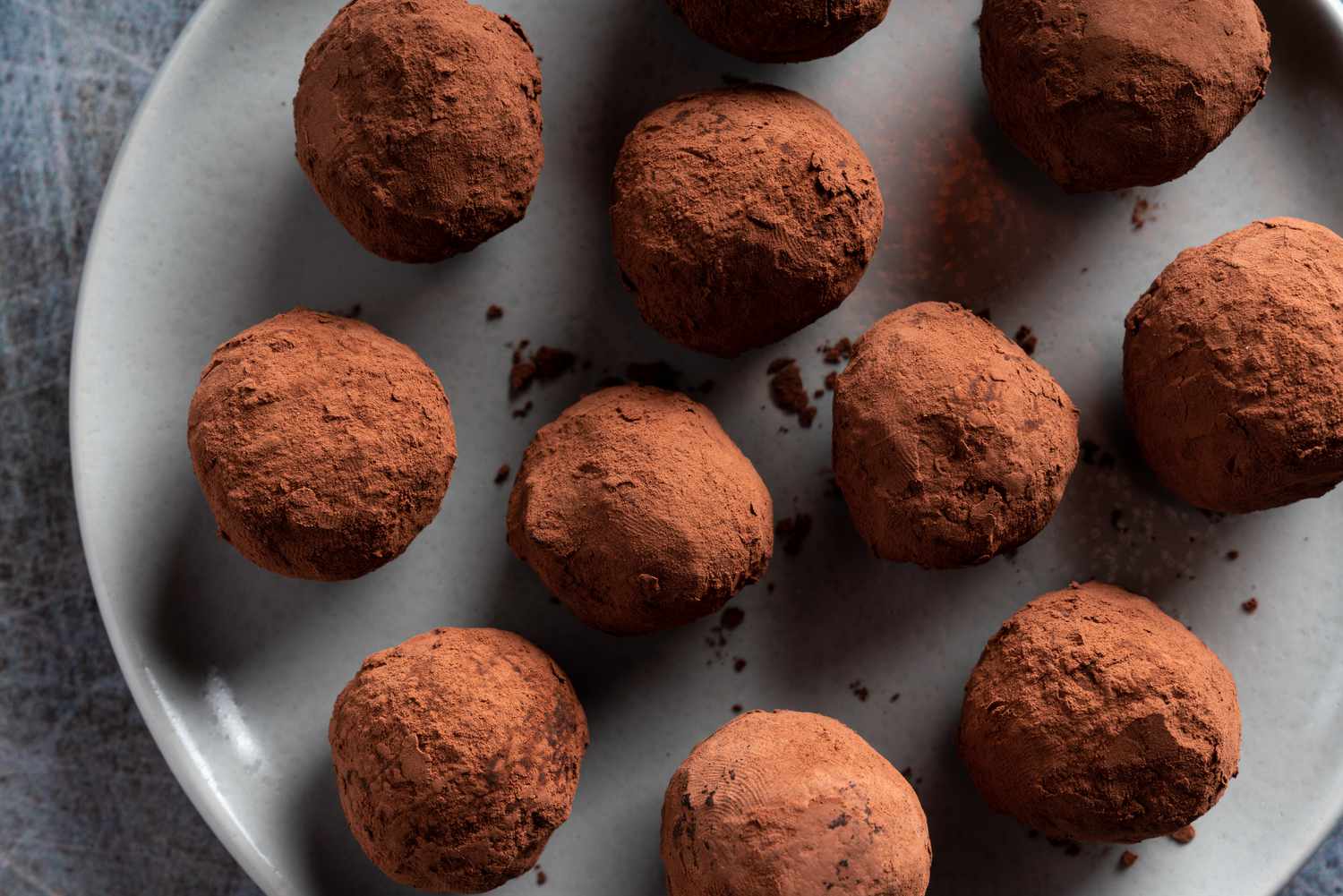
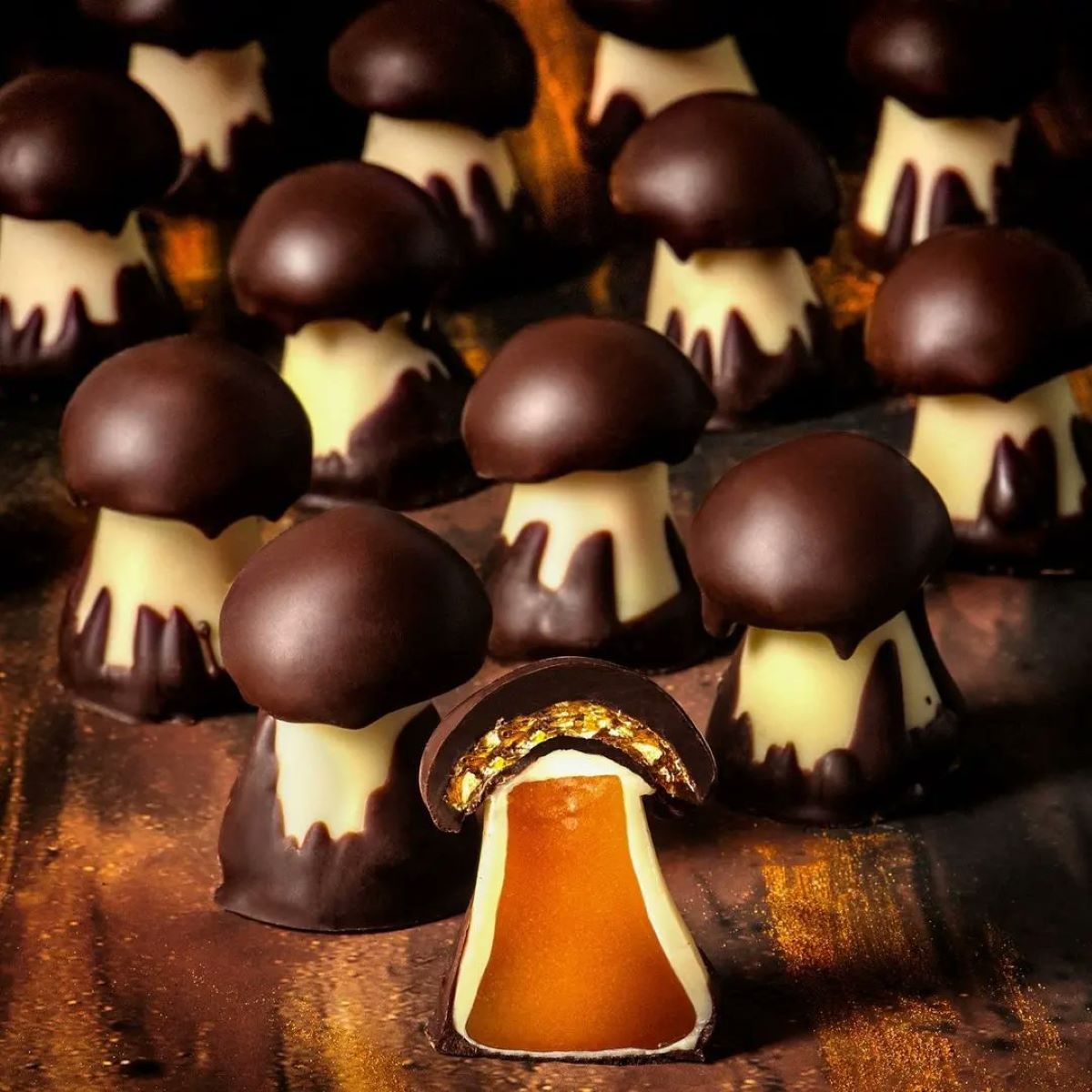
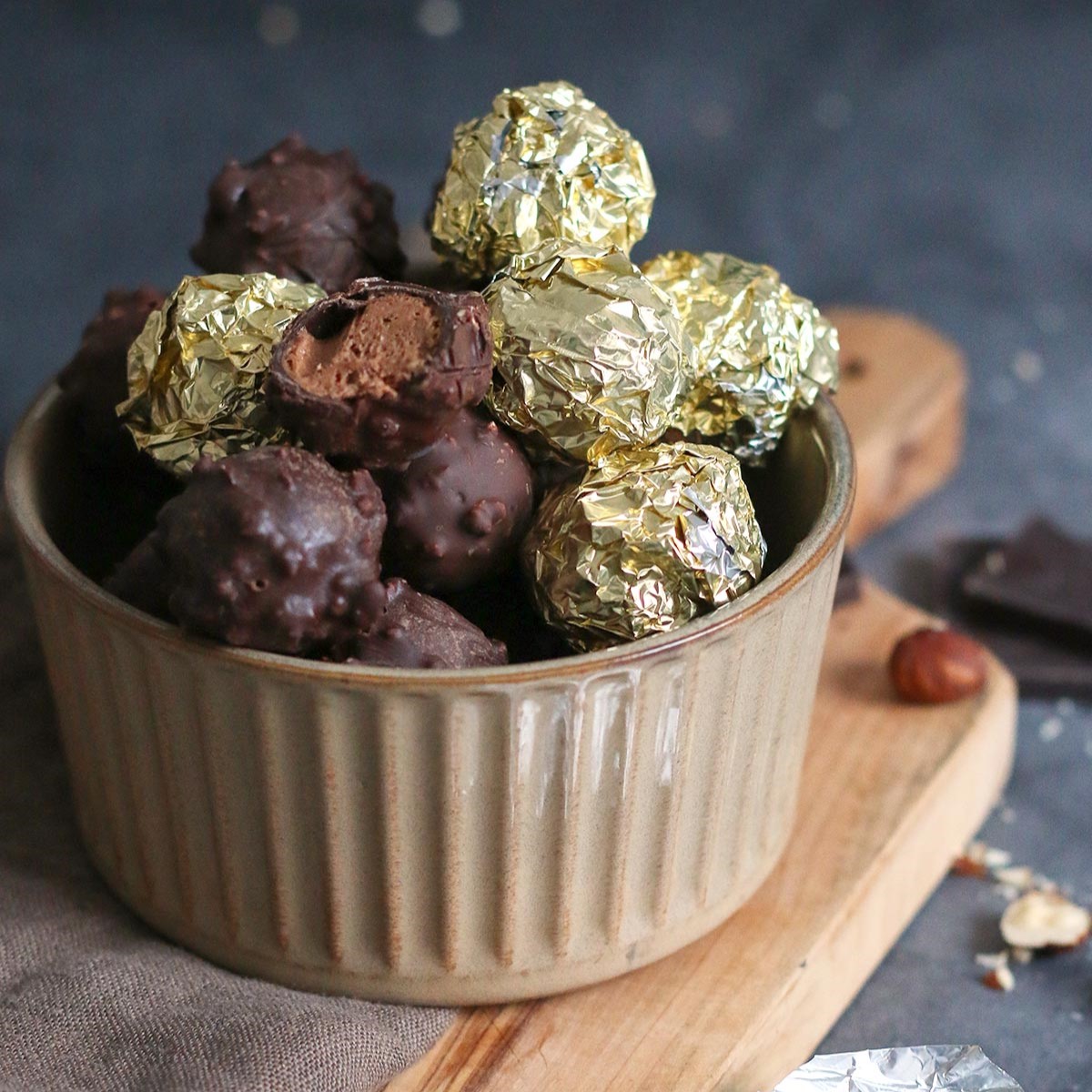
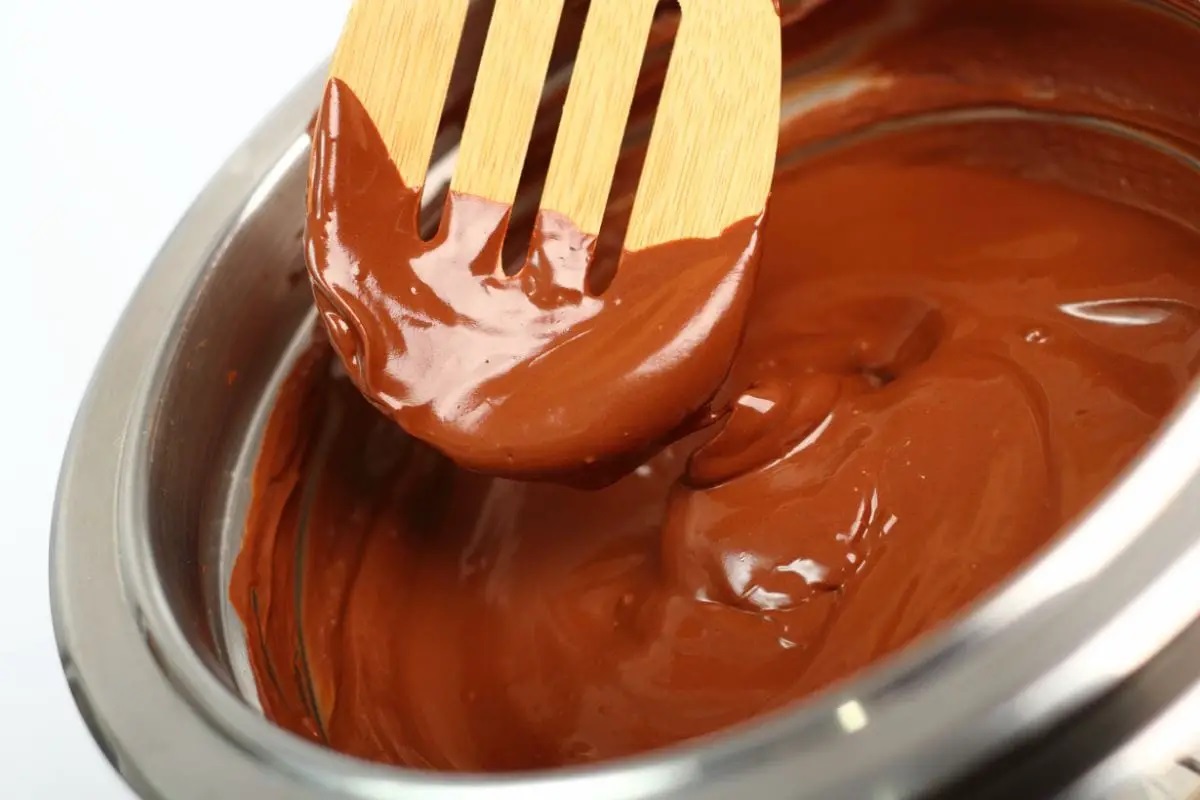
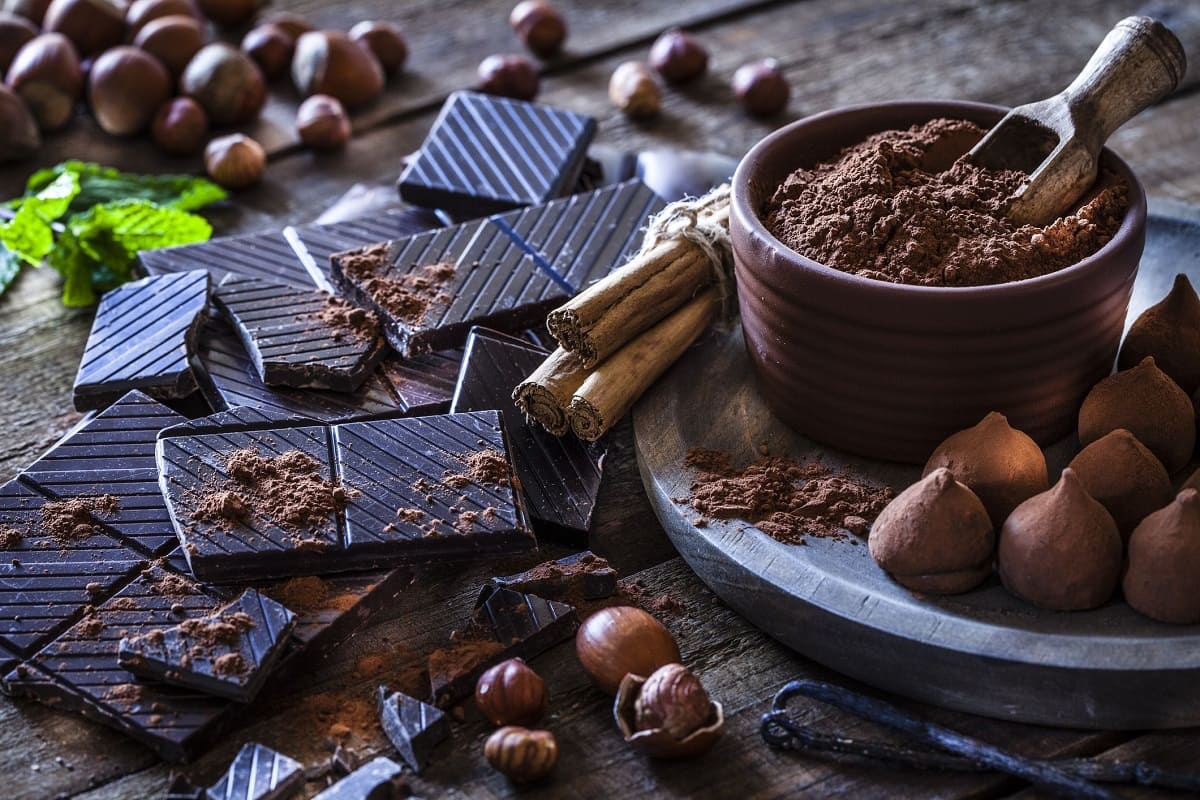
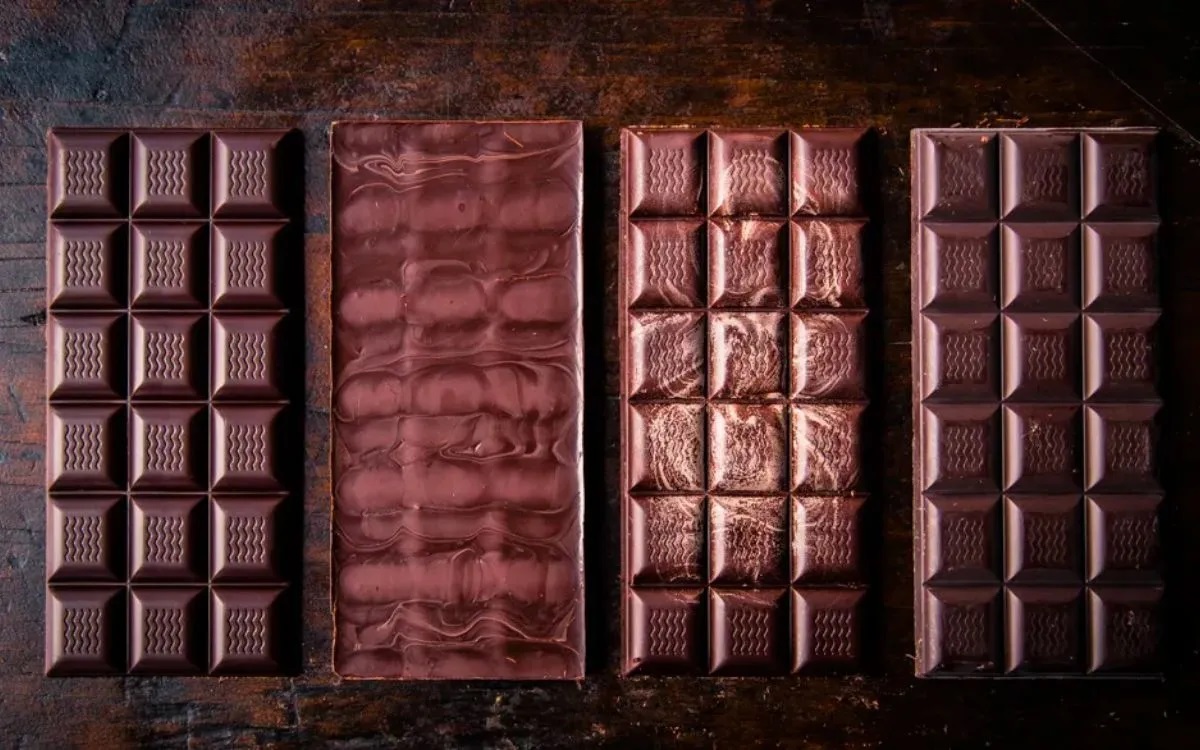
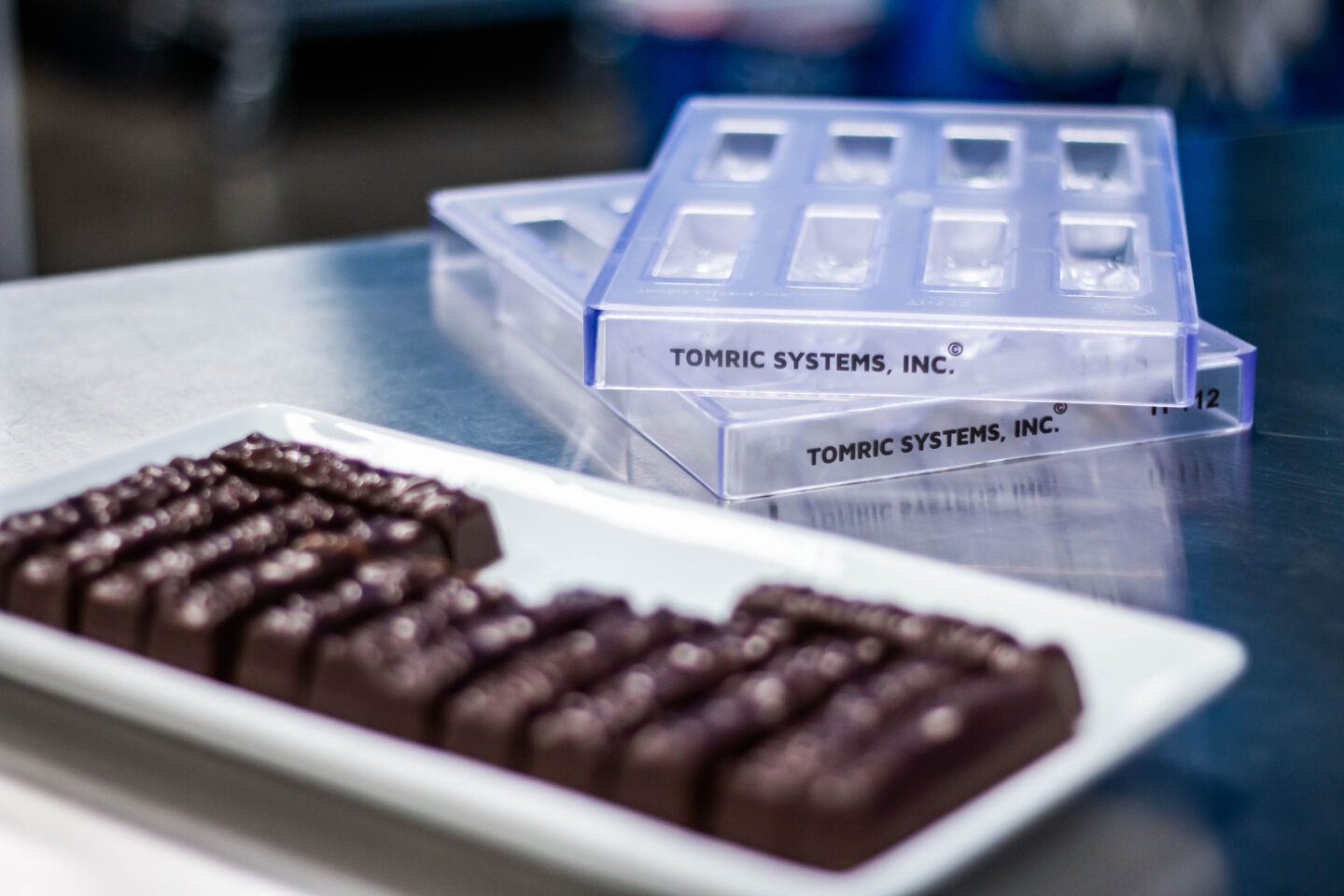
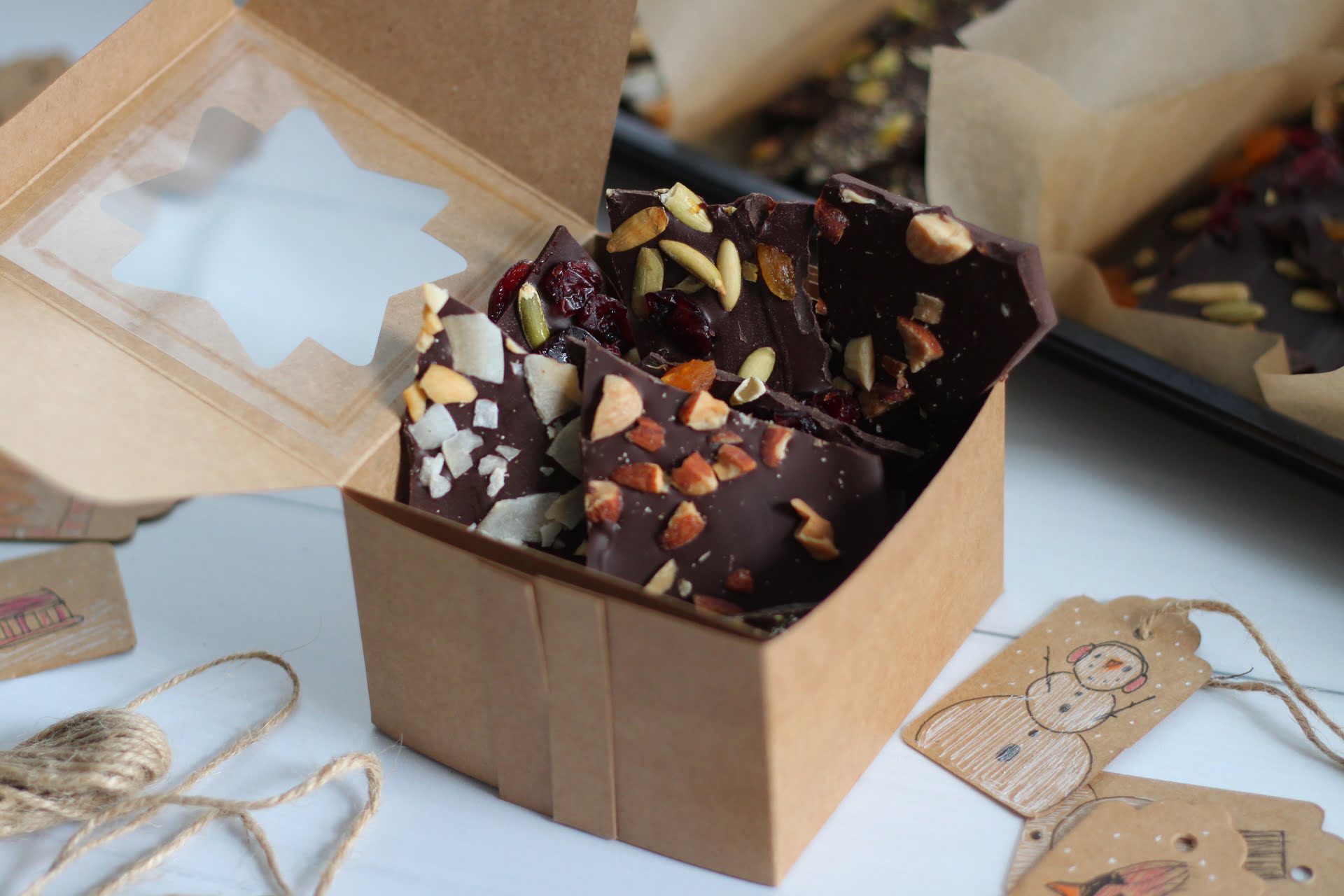
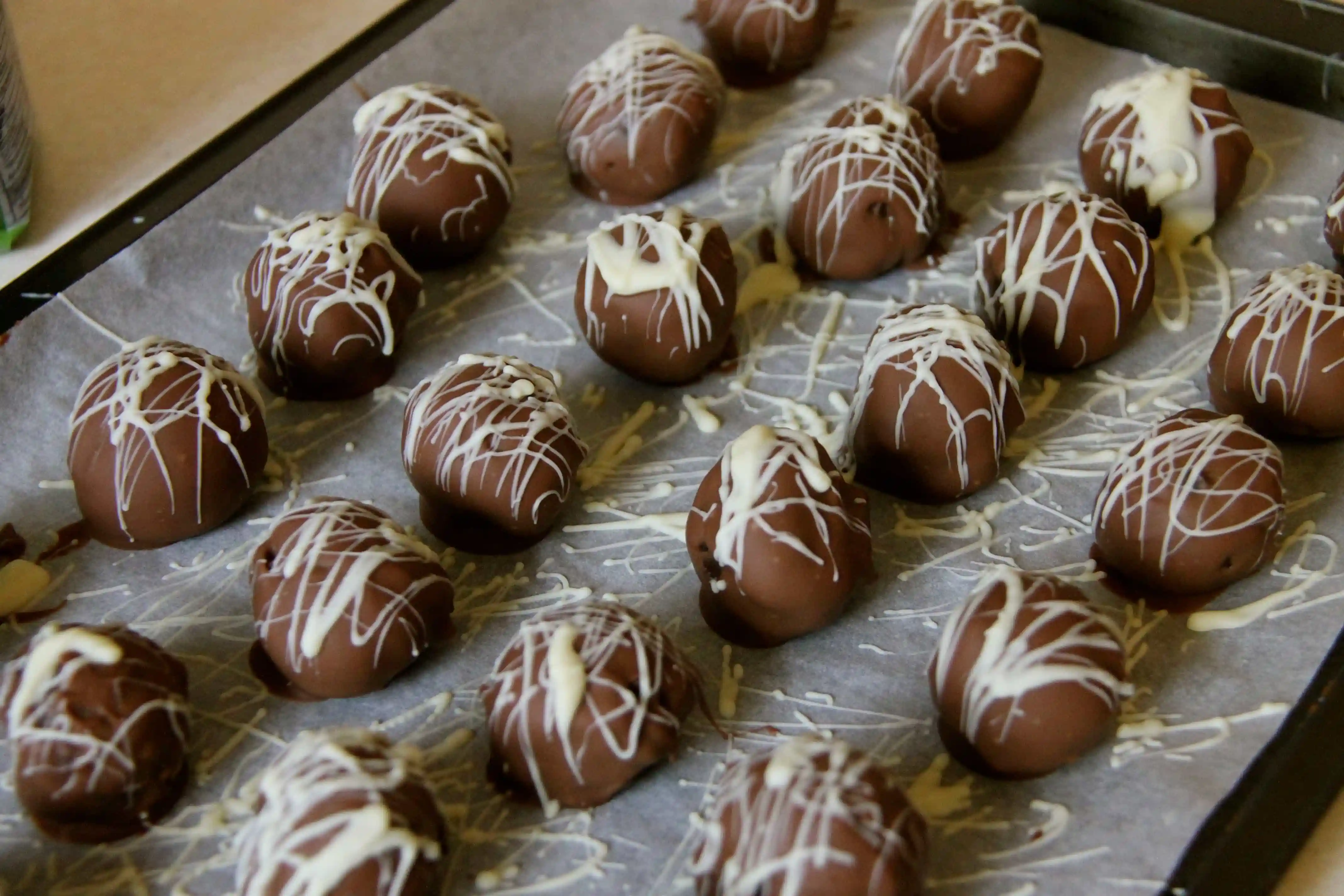
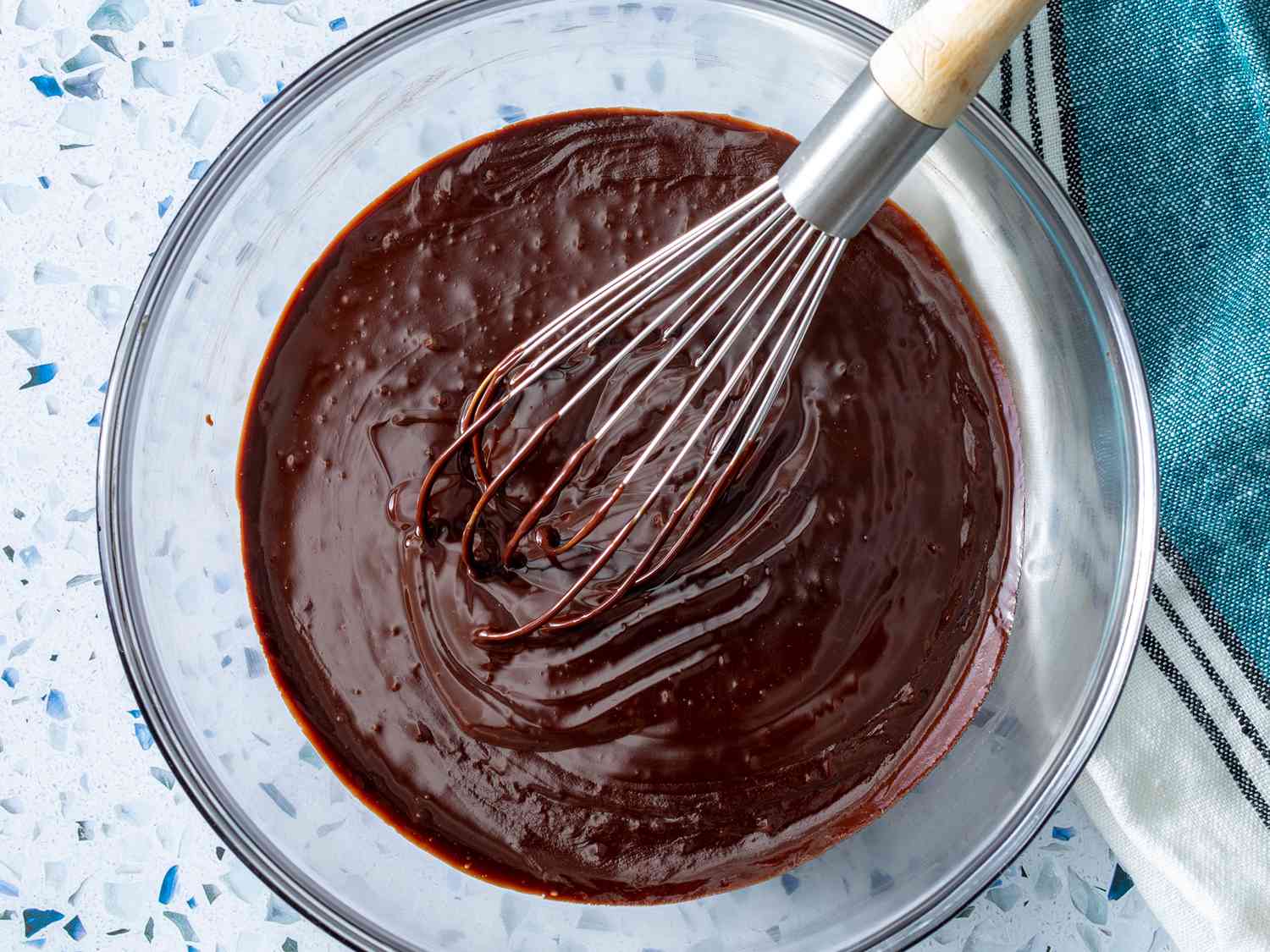
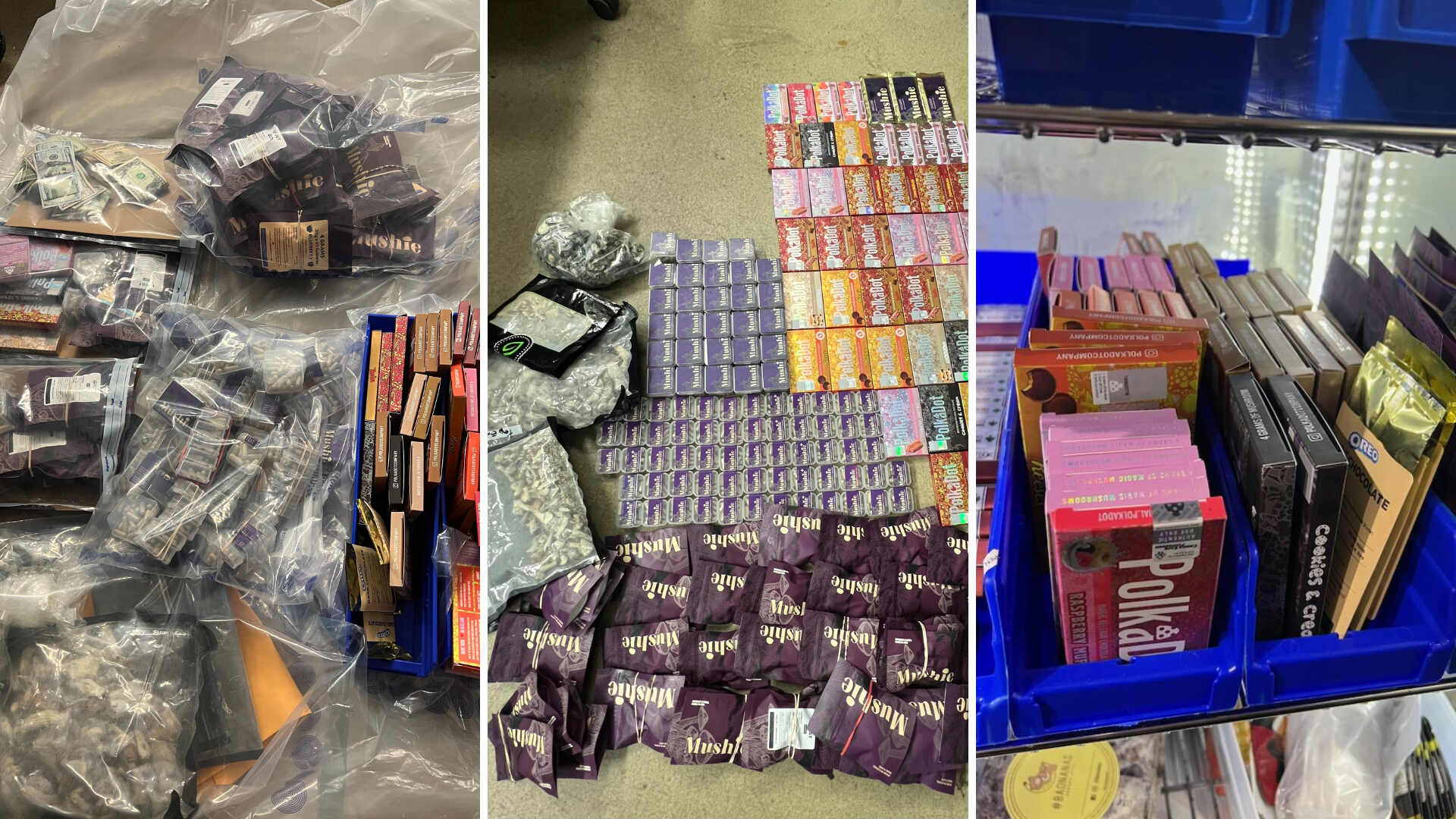
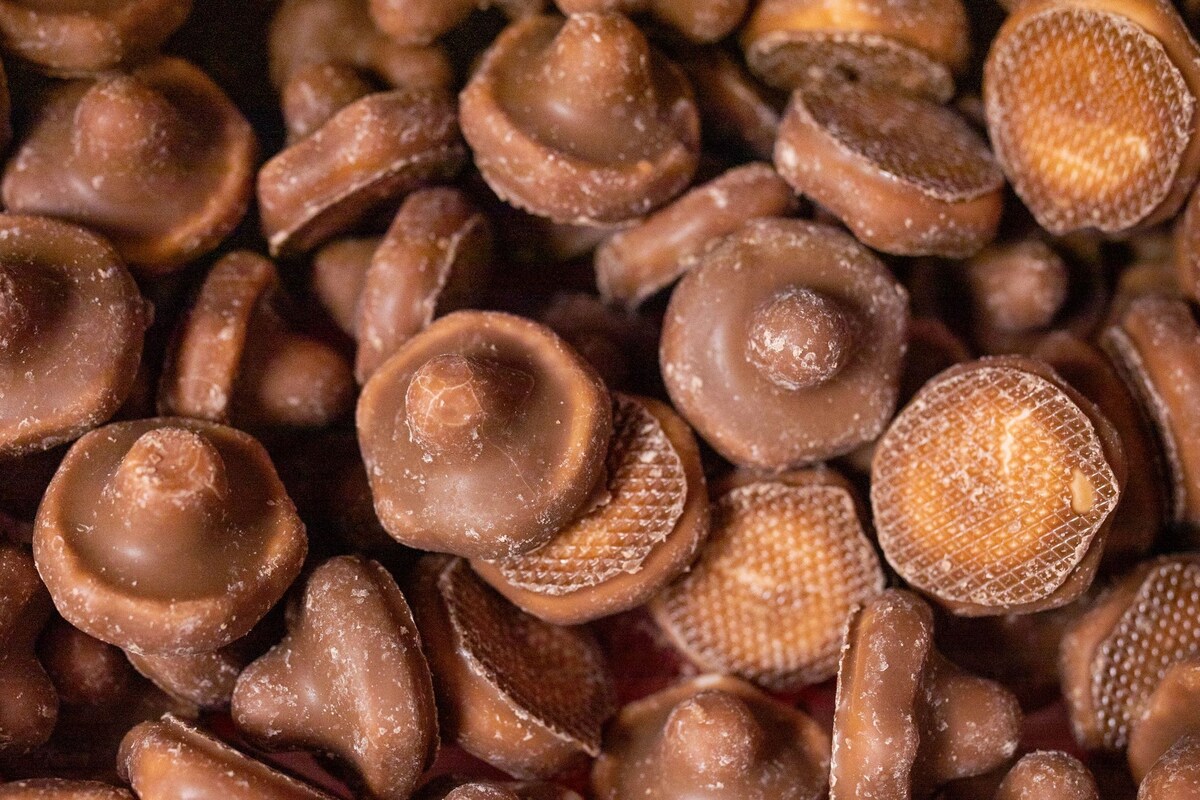
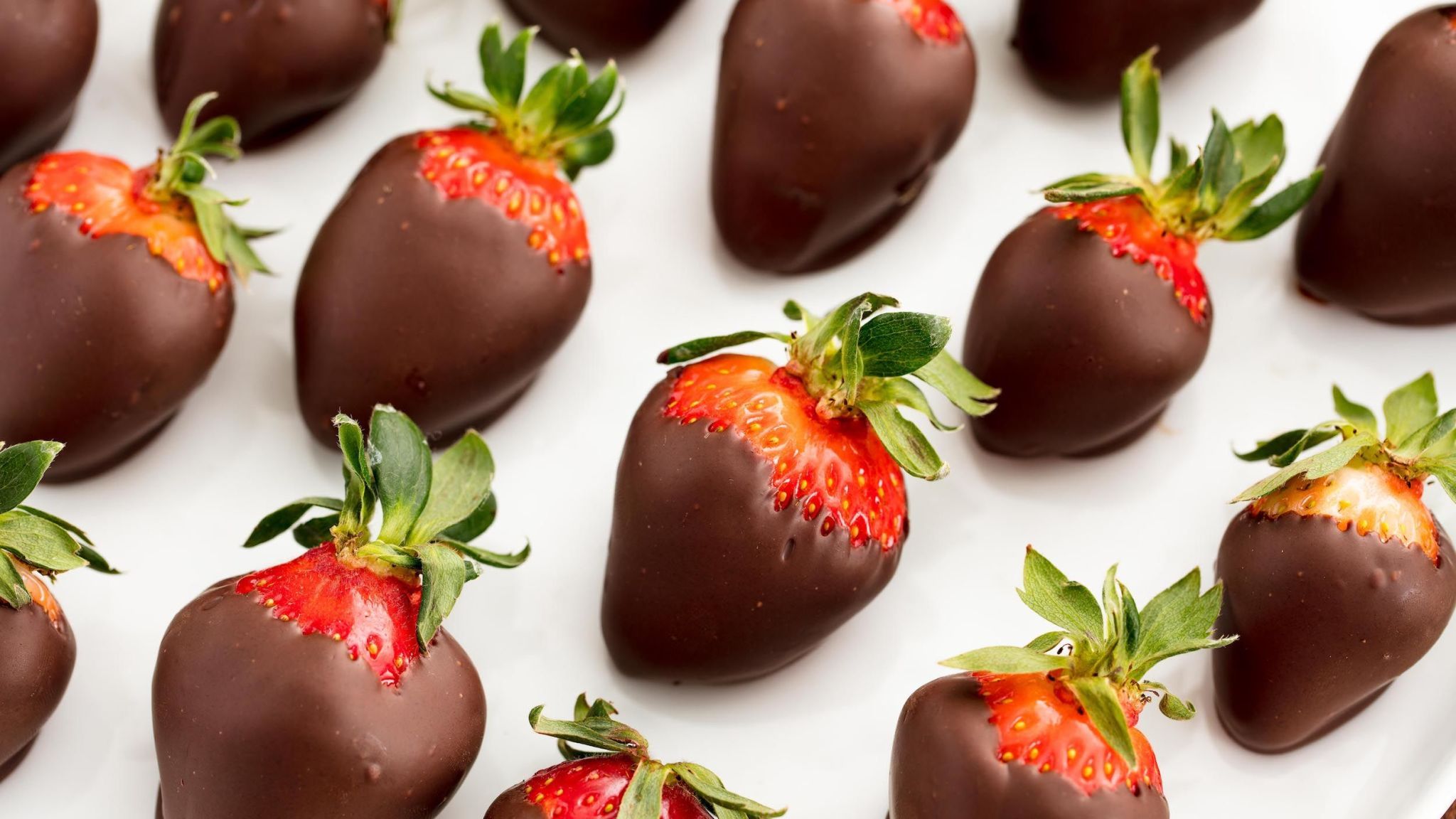

0 thoughts on “How To Store Chocolates”